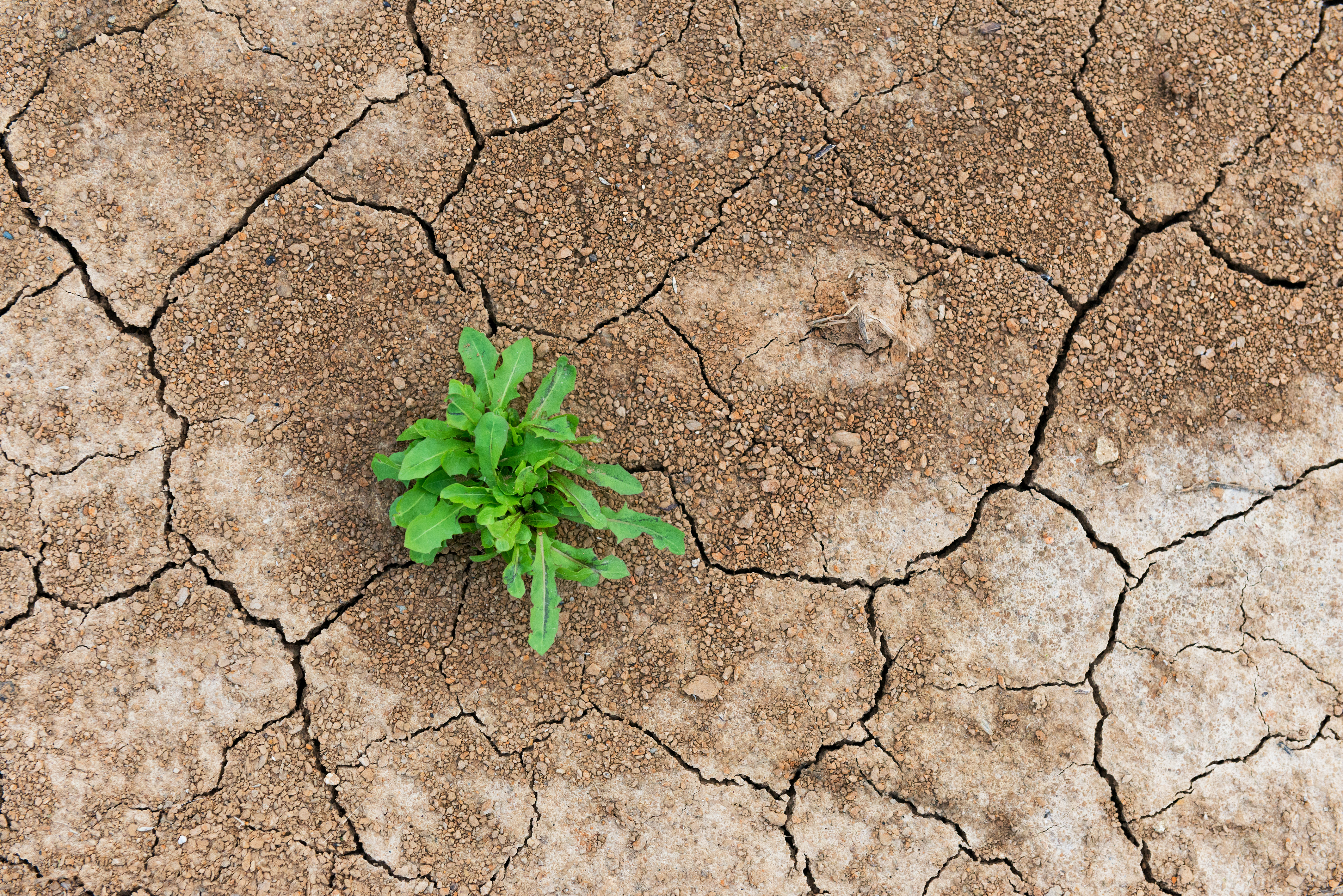Civil Resilience Network
Executive Summary
Introduction
-
This document offers a conceptual framework for boosting Israel's local and national resilience. It calls for consolidating a Civil Resilience Network comprising thousands of units (nodes) that have embraced a culture of preparedness and thus have basic core capacities to respond to a crisis effectively, independently and collaboratively.
-
The objective of the resilience network is to make a decisive contribution to Israel’s successful response to national crises, when a majority of the population in many areas is exposed to severe danger and shortages.
-
The Civil Resilience Network can be consolidated quickly and at very low costs. Most of its components already exist and most of the required resources are readily available within its potential units.
-
Furthermore, this resilience network should yield many other benefits to Israeli society by strengthening local communities, improving response to local challenges and crises, enhancing social cohesion and thus contributing to quality of life.
Background
-
The Second Lebanon War (7/06) exposed many weaknesses in Israel's national security strategy. Israel's enemies focused their resources on attacking Israel's home front, however this front has been regarded by Israel as secondary in importance to the point that it was neglected.
-
Following this war, Israel's emergency preparedness has been remarkably overhauled: The Ministry of Defense was assigned with overall responsibility for the home front, resources were allocated and emergency authorities were trained and their standard operating procedures were updated.
-
Operation Cast Lead (1/09) demonstrated evident and significant improvement in the functioning of Israel's emergency authorities.
-
Nonetheless, it is widely agreed that the relative success on the home front during Operation Cast Lead does indicate that Israel is prepared for national crisis, primarily due to the limited scope of the area and population that were under attack.
-
Turning Point 3, the recent national emergency exercise (6/09), simulated a national crisis with full participation of all emergency authorities. However, the manner of involvement of the civilian population in this exercise left a troubling concern that Israel continues to lack an adequate responses to such crises.
-
Therefore, this document deals with two main challenges: the place of the home front in Israel's national security strategy and the preparedness for national crises.
The Place of the Home Front Arena in Israel's National Security Strategy:
The Need for 'Synchronized Victories’ and National Resilience
-
Israel has viewed the military front as almost exclusively decisive for its national victory in times of military conflicts. However the impact of the home front on the overall outcome of such engagements has been increasing to the point where it may be of equal importance. In other words, Israel's success on this front may be a precondition for Israel's victory in future conflicts.
-
Consequently, this document calls for reformulating Israel’s national security strategy based on the concept of ‘Synchronized Victories’, which assumes that our national victory will be consolidated on several interconnected and interdependent fronts: the military front, diplomacy, media and the home front (which is the subject of this conceptual framework).
-
Hence, Israel must define criteria for success on the home front and work towards meeting them.
-
Resilience is the foundation of success on the home front. It is the ability to transcend a crisis by adapting to dramatically changed conditions, , securing basic quality of life for individuals and communities, and
-
National resilience emerges out of bottom-up resilience of individuals, households, communities, businesses and organizations, as well as top-down resilience of public institutions and a sense of purpose and leadership. Foundations of national resilience are consolidated before a crisis and immediately following one – on the 'day after’, and are tested in the immediate response to a crisis and in its duration.
The Challenge of a National Crisis
-
Israel remains unprepared for national crisis in spite of the dramatic overhaul of its emergency authorities since the Second Lebanon War (7/06). In such a crisis there will be a dramatic gap between the needs and the expectations of the population, on the one hand, and the capacities and resources of the emergency authorities, on the other hand.
-
This gap could lead to collapses in some areas in the form of breakdown of social norms, law and order, mass disobedience and loss of trust among citizens and local and national authorities. Such a collapse would deny Israel success on the home front and consequently also national victory in military confrontations.
-
The reason for this gap is a set of tacit and explicit working assumptions that underlie Israel's present crisis preparedness, which are misaligned with reality. Primarily, while emergency response is considered a 'public product', which must be provided by the government, in reality there is a dramatic shortage of resources and capacities.
-
At the same time, there are tremendous resources in Israeli society – many thousands of individuals, households, organizations and businesses – that are readily available and could easily be mobilized to contribute to local and national resilience. But, they are not.
2006-04-01
Conceptual Framework
National Security
Resilience
The objective of the resilience network is to make a decisive contribution to Israel’s successful response to national crises, when a majority of the population in many areas is exposed to severe danger and shortages.
"It's not the strongest of the species that survives nor the most intelligent, but the one most responsive to change" (Charles Darwin, On the Origin of Species, 1859)
Related Content
First Quarterly Report - mapping the Jewish Peoplehood field in Israel
We are very proud to present the first quarterly report of the Jewish People Field Mapping System. The report presents data for the first quarter of 2022 (January-March) and further completion of April information. This is the first report produced on the basis of the new mapping system.




